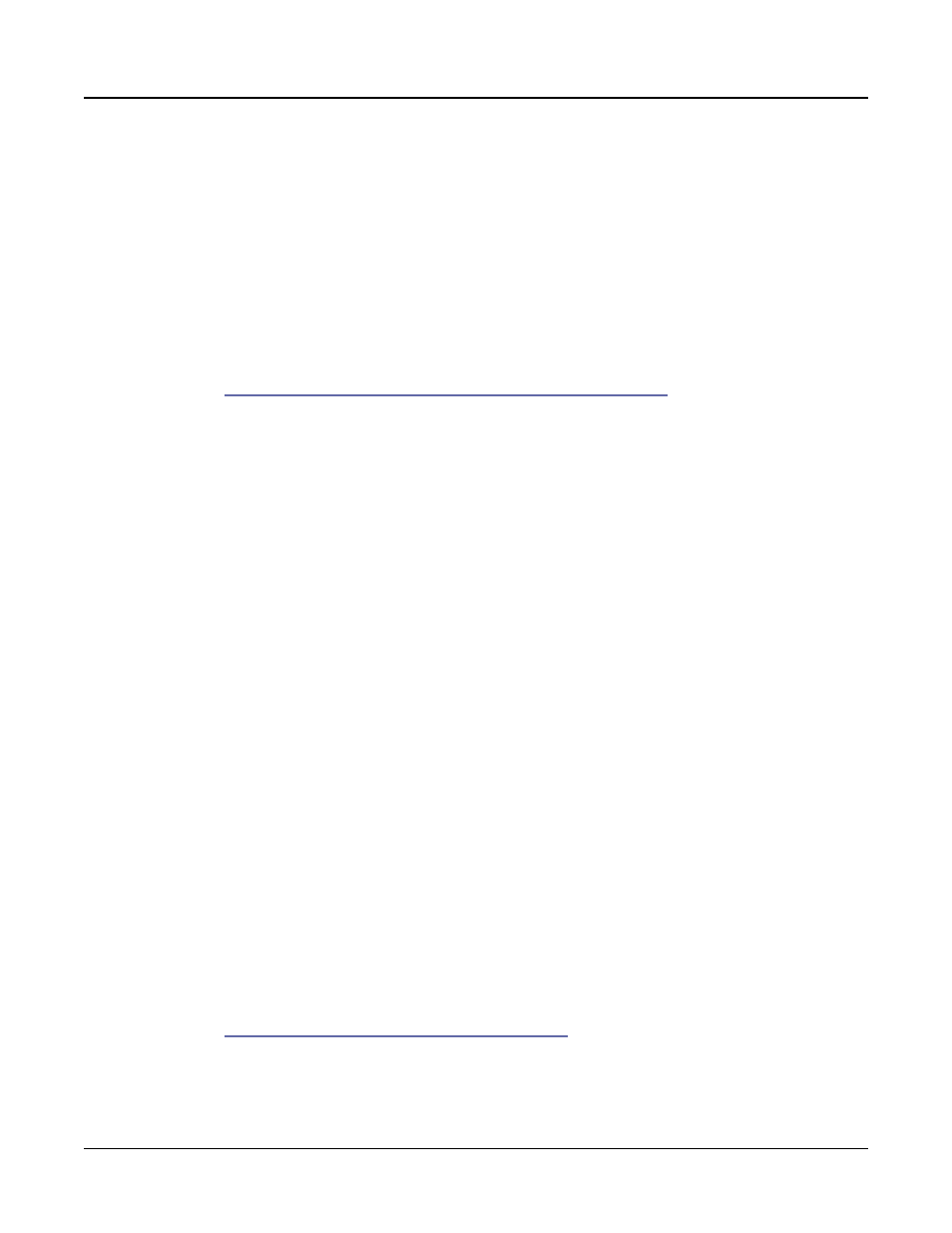Velocity tracking (veltrk), Method (altmethod), Timbre shift – Kurzweil Forte User Manual
Page 122: Playback mode, Alternative controller (altcontrol)

Program Edit Mode
The KEYMAP Page
7-25
Velocity Tracking (VelTrk)
This is another common DSP control parameter. As with the other parameters on the
KEYMAP page, this shifts the position of the keymap. Different attack velocities will play
different pitch shifts of the sample root assigned to that note range. If the shift is great
enough, the next higher or lower sample root will be played, which in some cases (many
drum programs, for example) will play an entirely different sound. Positive values will play
higher pitches of the sample root when you use hard attack velocities (they shift the keymap
downward), while negative values will play lower pitches.
Method (AltMethod)
See
Alternative Switch (AltControl and AltMethod) on page 7-26
.
Timbre Shift
This parameter works only on multi-sample keymaps, and changes the root selection for
each key you play. With this parameter you can radically alter the current layer’s timbre
(basic sound characteristics). The nature of the change depends on the timbre itself, so this
parameter calls for experimentation. Basically, timbre shifting changes a note’s timbre by
imposing different harmonic qualities onto the note. A timbre-shifted note retains its original
pitch, but its harmonics are those of the same timbre at a higher or lower pitch. Positive
values for this parameter tend to brighten a sound, while negative values darken.
Here’s an example. If you shift the timbre up 4 semitones, then playing C 4 will result in
the pitch C 4, but will actually play the sample normally assigned to G
#
3, and shift its
pitch up four semitones. This will increase the playback rate of the sample, so although the
pitch remains normal, the timbre is brighter. You’d get the same effect by setting the Xpose
parameter on the KEYMAP page to -4 semitones, then setting the Pitch parameter on the
DSPCTL page to +4 semitones. For multi-sample layers with narrow key ranges, large
amounts of timbre shifting will cause different sample roots to be played back.
Playback Mode
This gives you numerous options for manipulating the samples in the current layer as you
trigger them. Normal leaves the samples unaffected, while Reverse plays them in reverse. At
a value of Reverse, the samples will continue to loop as long as notes are sustained. To play
them just once in reverse, you would adjust the length of the layer’s amplitude envelope
(explained later in this chapter). BiDirect (bidirectional) causes the samples to loop infinitely,
alternating between normal and reversed playback. Noise replaces the samples with a white
noise generator.
Alternative Controller (AltControl)
See
Alternative Switch (AltControl and AltMethod)
below.
